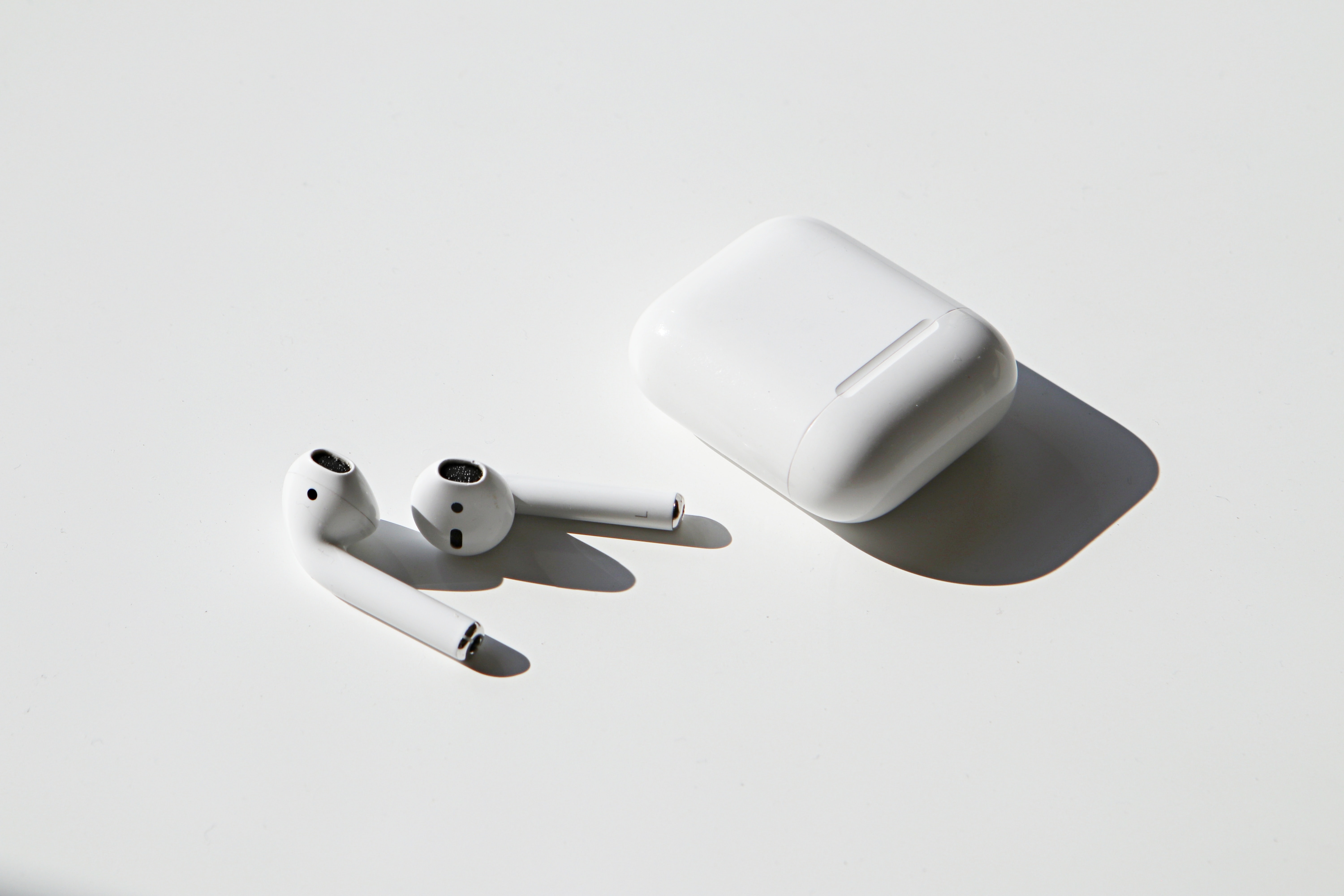Melissa Clarke: Hundreds of people are feared dead in the annual Hajj pilgrimage to Mecca this year amid soaring temperatures in Saudi Arabia. Among them is an Australian man, believed to be from Sydney. Climate scientists fear that the number of people who die on the annual pilgrimage will keep growing as the world warms. Alison Xiao reports.
Alison Xiao: Every year, more than a million Muslims make this journey of a lifetime.
Yahya Ibrahim: You come to find yourself in the desert with God. It’s amongst a million people you actually feel very singular and very united in your pursuit.
Alison Xiao: That’s Yahya Ibrahim, a Muslim chaplain at Curtin University and the University of Western Australia. He completed the annual Hajj pilgrimage to Mecca this year. It’s a mandatory religious duty, but can also be dangerous, as this Pakistani pilgrim explains.
Fahad Saeed: We have to drink a lot of water, we have to stay in shades, don’t try to go in the sunny weather.
Alison Xiao: This week, temperatures have soared amid a severe heatwave and hundreds are thought to have died, but the death toll is still unclear. One news agency, Agence France Press, is reporting more than 1,000 people have died, while a Reuters tally puts the death toll at around 550. An Australian man is among them, and the Department of Foreign Affairs and Trade is giving consular assistance to his family. Yahya Ibrahim again.
Yahya Ibrahim: An Australian gentleman, a resident of Sydney, is also one of those who met their demise. It is somebody who was elderly, who I guess sadly found his last moments seeking God.
Alison Xiao: He says conditions were difficult, but services have been upgraded and improved.
Yahya Ibrahim: The climate is a harsh climate, especially in the summer months. It is unfortunate that there was a heatwave in the peak of the Hajj. There is a considerable, considerable apparatus that is set up to support the pilgrims. Millions of trees have been planted to provide extra shade. There’s streams of water that are spouted as you walk in the pathways.
Alison Xiao: But others say more could be done to make the Hajj safer. Milad Haghani is a senior lecturer of public safety and disaster risk at the University of New South Wales.
Milad Haghani : The sheer scale of the event makes these provisions still inadequate. I think some provisions has to be in place in order to monitor the health of people, such as health monitoring bracelets.
Alison Xiao: There are also concerns that many who succumb to the heat are unregistered pilgrims, who can’t access air-conditioned facilities provided by authorities along the route, making it harder to establish a death toll. Milad Haghani says it isn’t just heat contributing to deaths, but other factors as well.
Milad Haghani : Of course, Hajj has seen many tragedies in the past before. We have had the case of 2015, for example, a crowd accident, crowd crush, which resulted in the death of 2,400 pilgrims and more. The whole ritual itself involves physical activities. It can amount to more than four or five kilometres of walking, and many get to do it when they are at an older age, and that is always a risk factor.
Alison Xiao: Some fear that the situation will get worse as the world warms. Fahad Saeed is a climate scientist at Climate Analytics, based in Pakistan.
Fahad Saeed: We must do climate action to stop the global warming at 1.5 degrees centigrade. We are putting those pilgrims at the risk of death.
Alison Xiao: Saudi Arabian authorities say more than 2,700 pilgrims have been treated for heat-related illnesses, but has not commented on the death toll during the pilgrimage. Melissa Clarke: Alison Xiao



